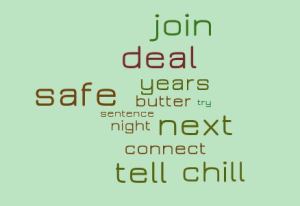
If this is your first time on the writing train, WELCOME. Join the locomotion. Well, let’s get started with a brand new section of the blog entitled:
THE PHYSIOLOGY OF THE WRITER:
Interpreters of Inspiration
Have you ever wondered what drives a person to commit to writing a full length novel ? What would inspire them to do such a thing? The better question would be what exactly is inspiration? To me, this is quite mysterious. It comes and goes as it pleases, much like the wind in it’s behavior pattern. It appears, disappears, changes direction on a dime. Could be a very subtle breeze tickling the skin, or a category five hurricane knocking the walls of your house down.
For me it seems simple. When I least expect it, usually something I heard, thought, or saw will stick with me. In other words, it’s something that we substantiate with our five senses. We then translate that into an idea, a story, character, or a full length novel. How does each one interpret the varied inspiration that they receive? That would be an intriguing research project for some brave soul. Anyone willing to take up the challenge?
Inspiration usually incites us to action, causing a chain reaction of events. Normally it drives someone to magnify some form of artistic expression. Whether it be drawing, painting, decoration, writing, poetry, music or photography. Inspiration causes movement. And when that wheel begins to move, things happen. What that movement looks like are as varied as the grains of sand on the beach.
Whoever invented the car is an absolute genius. There’s definitely a lot of working parts in your car to make it move. At least they should be working. It’s obvious that without fuel nothing works. But definitely without a working engine you’re going nowhere fast. And for some strange reason I’ve been considering the piston as representative of this muse, that so easily behooves us, and moves us to write. One of the most intrinsic, essential parts of an engine are it’s pistons. When you put your foot on the gas pedal those pistons are pumping fast. Then off goes your Ferrari. Cool huh?
Like I’ve said before, writers are the most intriguing people on the face of the earth. What drives them? Muse. Inspiration. Interpretation. Hence a story is born.
That grisly beast in the writer is quite mysterious. She’s not so bad once you get to know her. She keeps me company when everyone is sleeping. My night time mistress keeps me busy.
There it is folks. The audacious pistons of inspiration. Interpreted by the most intriguing individuals to populate the planet. You.
~Keep your foot on the gas pedal~
Benjamin
Inspiration and Creativity by Kylie Day
Not feeling Creative? by K.M. Weiland
5 Shorcuts to Getting Ideas for a novel by Better Novel Project





![TextArt_151227184754[1]](https://thewritingtraindotcom.files.wordpress.com/2015/12/textart_1512271847541.jpg?w=289&h=300)








